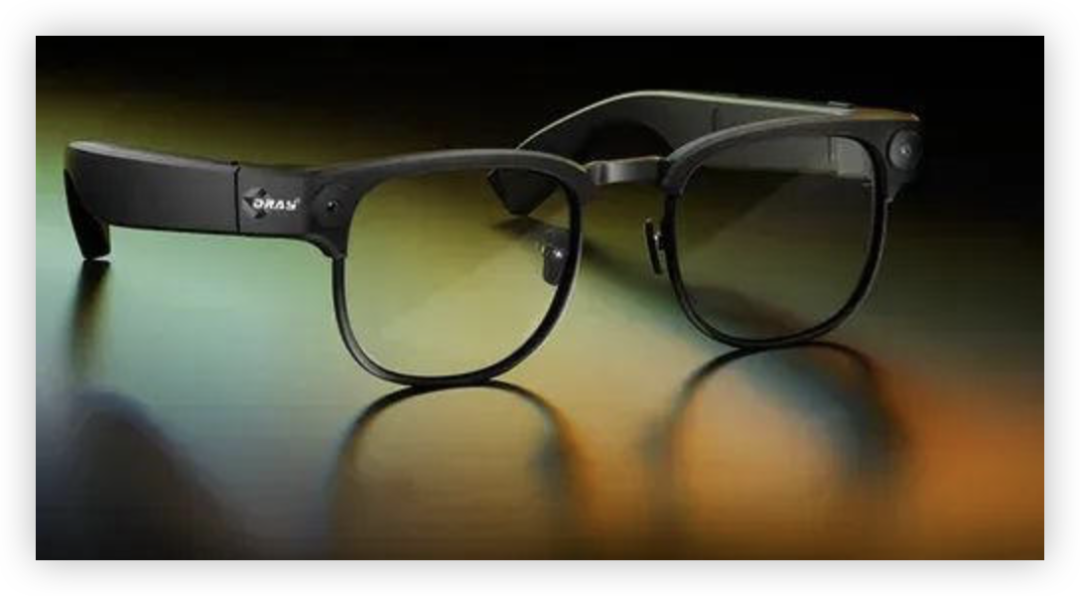Disrupting Vision: The World's First Silicon Carbide Waveguide Micro LED AR Glasses Herald a New Era of Interaction!

AR glasses, as a bridge between virtual and real, have long been seen as the next computing platform after smartphones.
Although full of potential, they once faced challenges such as bulkiness, unsatisfactory display, and high power consumption—deterring ordinary consumers. Yet in the summer of 2025, the AR glasses market hit "fast forward," with new products emerging rapidly, turning sci-fi into reality at an astonishing pace.
Market Shift: AR Glasses Enter a New Phase
Recently, innovative companies like Coray (Chengdu Guangyu Gaowei), QiuGuo Project (Hangzhou), and VITURE (Beijing) have launched new AR glasses. These newcomers not only pursue lightweight, stylish designs but also achieve breakthroughs in core technology—especially the fusion of silicon carbide waveguide and Micro LED/OLED microdisplays—paving the way for mass adoption. This marks AR glasses' transition from concept to true consumer market, with maturing technology and increasingly diverse products.
Core Secrets: The "Slimming" and "Brightening" of AR Glasses
For AR glasses to truly enter daily life, they must solve the problems of "clear vision" and "wearability." This is where silicon carbide waveguide and new microdisplay technologies shine.
Silicon Carbide Waveguide: The Secret of Invisible Wings
Take Coray Air2 and QiuGuo's Wigain Omnision as examples—both use cutting-edge etched silicon carbide waveguide technology. You might wonder: what's so magical? In short, traditional AR glasses' optical components are often thick and heavy, affecting comfort. Silicon carbide, as a new material, boasts excellent optical and physical stability. Through precise DUV lithography and reactive ion etching, the waveguide can be made as thin as 0.7mm and as light as 4g per piece. It's like giving AR glasses "invisible wings," making them feather-light. More importantly, this process greatly reduces annoying "rainbow patterns," ensuring pure visuals. Imagine AR glasses as light as regular ones—instantly more attractive!
Micro LED & Micro OLED: Two Titans Lighting Up the World
Display tech is the soul of AR glasses. In this wave of new products, Micro LED and Micro OLED microdisplays are the "stars of the show."
-
Micro LED: King of Brightness and Color. Coray Air2 features JBD's "Hummingbird Light Engine," delivering a stunning 3500 nits typical brightness, peaking at 6000 nits! Even outdoors in sunlight, AR images remain clear. 8BIT full-color and sRGB coverage mean a 45-inch floating screen effect—vivid and lifelike.
-
Micro OLED: Master of Fineness and Contrast. VITURE's Luma and Beast series use Sony's Micro OLED microdisplays—known for 1200p high resolution, excellent contrast, and pure blacks. The Luma series adds diopter adjustment and electrochromic film, letting nearsighted users wear them directly and auto-adjusting brightness for ambient light—a true tech marvel.
Both have their strengths: Micro LED for high brightness and efficiency (great for bright environments), Micro OLED for fine detail and contrast (for immersive visuals). Together, they bring a qualitative leap in AR display.
Market Boom: From Early Adopters to Mass Adoption
2025 is a hot year for AR glasses. Besides the new brands above, tech giants are accelerating their plans. Meta, after launching Orion and experimental Aria Gen 2, is planning a high-end "Hypernova" smart glasses. Apple, after Vision Pro MR, is also preparing AR glasses with waveguide+LCoS color displays, expected to mass-produce in the coming years. These moves show AR glasses are no longer niche—they're entering the "fast lane" to the mainstream. With more players, innovation will speed up and prices will drop, from thousands to tens of thousands of RMB, meeting diverse needs.
How Will AR Glasses Reshape Our Lives?
When AR glasses become light, clear, and easy to use, they're more than just displays. Imagine: navigation info floats before your eyes as you walk the city; at work, complex 3D models appear above your desk; in entertainment, game characters interact with you in your space. Open-source ecosystems—like Coray Air2's full system access—mean unlimited customization, letting everyone build their own "digital vision."
Conclusion
2025 is a milestone year for AR glasses. The breakthrough combination of silicon carbide waveguide and Micro LED/OLED microdisplays not only solves long-standing technical bottlenecks but also makes AR glasses truly accessible. With joint efforts from tech giants and innovators, a more immersive, intelligent, and convenient AR era is coming. In the future, AR glasses may become as indispensable as smartphones, deeply changing how we perceive and interact with the world. Let's look forward to it!
分享文章
3篇相关文章
AR Glasses Get a 'Core' Breakthrough? Qualcomm x VoxelSensors Make All‑Day Immersion Real
2025-09-05
Qualcomm partners with VoxelSensors to slash power and latency for AR glasses — paving the way for next‑gen, all‑day immersive wear.
Rokid Glasses: World's First Consumer AI+AR Glasses Mass Production - Is the Future Becoming Reality?
2025-06-26
As the world's first consumer-grade AI+AR glasses, Rokid Glasses' mass production signals that AR technology is accelerating toward mainstream adoption. Is that future that once only existed in sci-fi movies really coming?
Disneyland Moves Into Fortnite: Is This the Start of the Metaverse?
2025-11-06
Disney and Epic Games launch 'Disneyland Game Rush' inside Fortnite. It’s more than a crossover—it’s an early exploration of virtual theme parks and the metaverse’s future form.